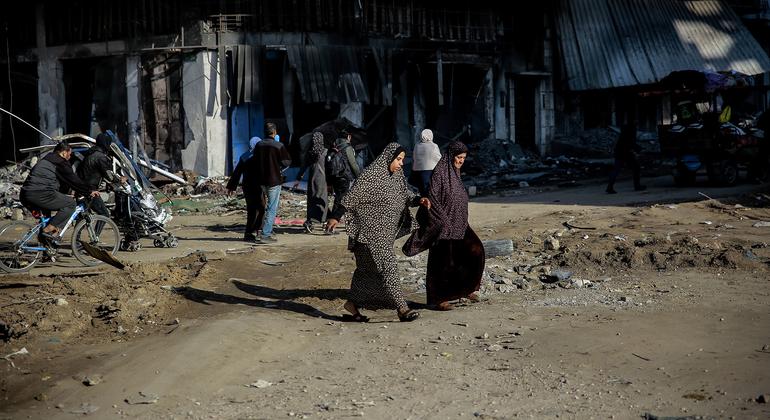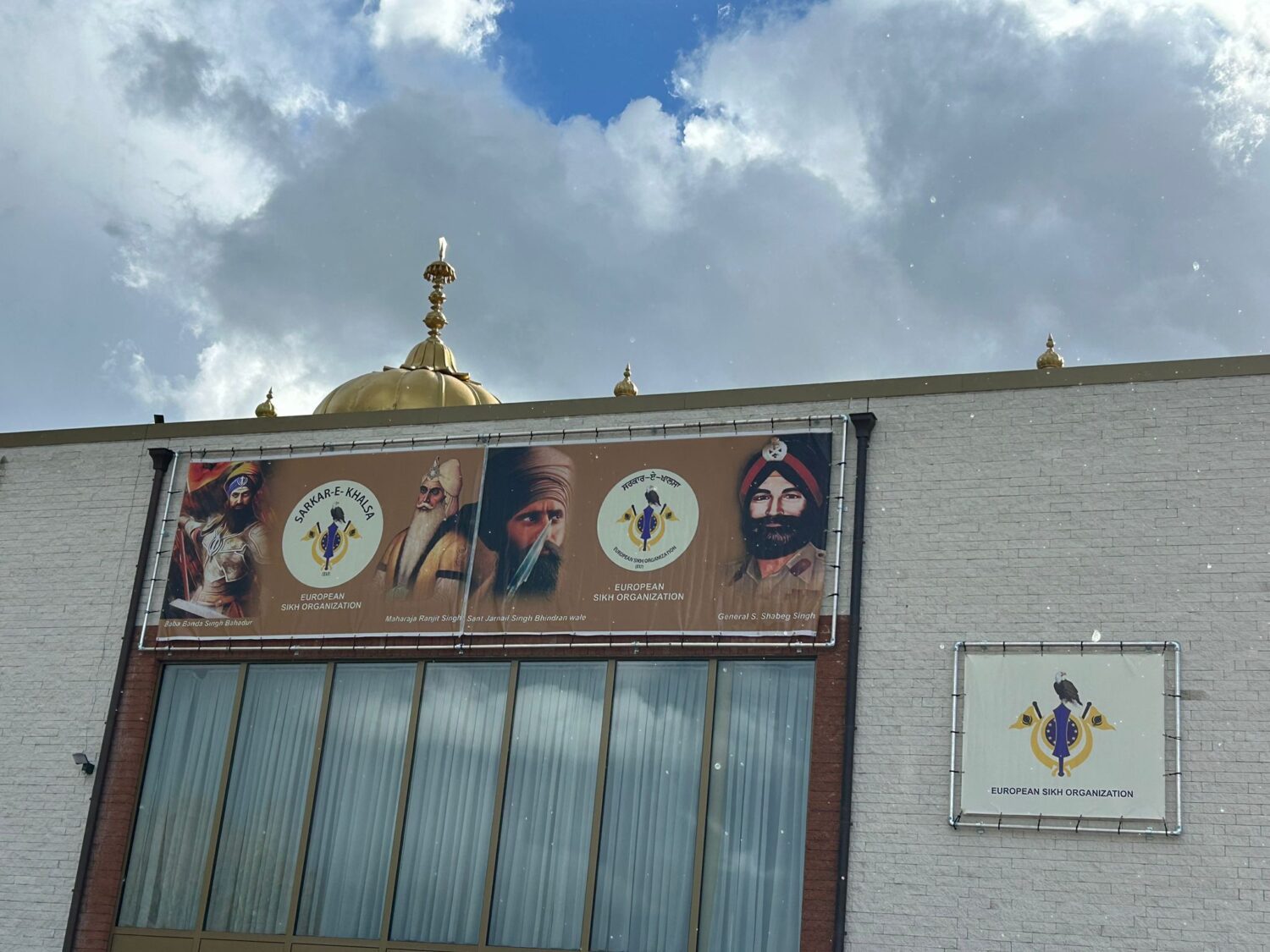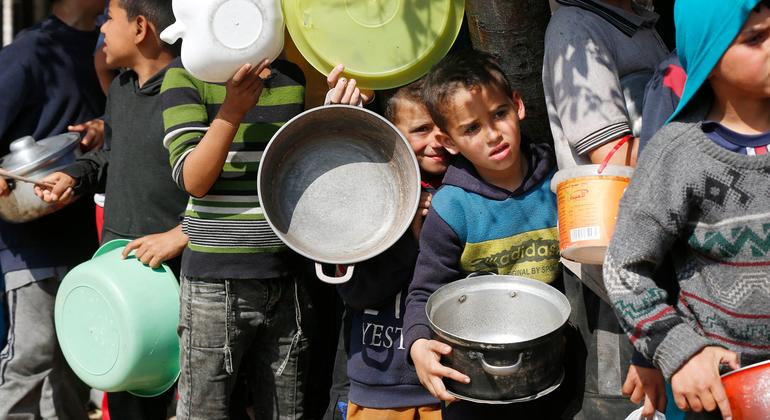Many fashion enthusiasts dream of visiting the iconic cities of Madrid and Milan, known for setting trends and influencing global fashion. These fashion capitals boast world-renowned designers, luxurious boutiques, and innovative fashion scenes that attract style aficionados from around the globe. From the vibrant streets of Madrid, where traditional Spanish flair meets modern trends, to the chic avenues of Milan, home to iconic fashion houses and high-end shopping districts, these cities offer a captivating glimpse into the exciting world of fashion. Join us as we commence on a journey to explore the best that Madrid and Milan have to offer in terms of style, creativity, and inspiration.
Madrid: A Blend of Traditional Elegance and Modern Flamboyance
Clearly, when it comes to fashion, Madrid is a city that effortlessly blends traditional elegance with modern flamboyance. Known for its rich history and vibrant culture, Madrid has established itself as a prominent fashion capital in the world. From sophisticated haute couture to bold street style, the Spanish capital offers a diverse and eclectic fashion scene that appeals to fashion enthusiasts globally.
The Historic Streets of Madrid’s Fashion Scene
Fashion aficionados flock to Madrid to wander through its historic streets, lined with designer boutiques, high-end stores, and trendy cafes. The city’s fashion scene is a vibrant mix of traditional Spanish aesthetics and contemporary influences, creating a unique style that sets it apart from other fashion capitals. Exploring the fashion culture in Madrid is a journey through the city’s rich heritage and innovative design.
Influential Designers and Fashion Houses in Madrid
Blend your way into the world of Spanish fashion with a closer look at Madrid’s influential designers and fashion houses. Historic names like Balenciaga and Loewe have left an indelible mark on the global fashion landscape, while emerging talents like Delpozo and Manolo Blahnik continue to captivate audiences with their innovative creations. The bustling metropolis of Madrid serves as a breeding ground for creativity and style, attracting fashion-forward individuals from around the world.
Milan: The Avant-Garde of Italian Design
Milan’s Fashion Week: A Global Phenomenon
Some say that Milan’s Fashion Week is not just a local event but a global phenomenon that sets trends for the entire fashion industry. With top designers showcasing their latest collections, celebrities gracing the front row, and paparazzi capturing the essence of Italian glamour, Milan Fashion Week is a must-attend for fashion enthusiasts worldwide.
Iconic Brands and Fashion Landmarks in Milan
One cannot talk about fashion without mentioning the iconic brands and fashion landmarks that call Milan home. From the luxurious boutiques of Versace and Prada to the historic Galleria Vittorio Emanuele II shopping arcade, Milan is a haven for fashionistas seeking the epitome of Italian style.
Phenomenon: Milan’s fashion legacy extends beyond individual brands, encompassing a culture of craftsmanship, innovation, and sophistication. The city’s influence on global fashion trends is undeniable, making it a mecca for style mavens and industry insiders alike.
Beyond Madrid and Milan: A Glimpse into Other Fashion Epicenters
Keep Milan: Uncovering Italy’s Fashion Capital for First Timers in mind as you investigate into the diverse world of global fashion. While Madrid and Milan hold prestigious titles in the fashion industry, there are other iconic cities that have made significant contributions to the world of style and design.
Paris: The Haute Couture Hub
Milan may be synonymous with luxury and sophistication, but Paris holds a special place in the fashion world as the epicenter of haute couture. The city has long been revered for its elegance, craftsmanship, and avant-garde designs that set the trends for the rest of the world.
New York: The Melting Pot of Fashion Diversity
Beyond its skyscrapers and bustling streets, New York stands out as a melting pot of fashion diversity. The city’s eclectic style reflects a mix of cultures, trends, and influences, making it a breeding ground for creativity and innovation in the fashion industry.
Another fashion capital that has captivated the world with its unique sense of style is London. Known for its vanguard of edgy fashion, London’s designers push boundaries and challenge traditional norms, setting the stage for new trends and daring looks.
London: The Vanguard of Edgy Fashion
On the forefront of edgy fashion, London is a city that embraces creativity and individuality. From underground street style to high-end luxury fashion, London designers continue to surprise and inspire the fashion world with their innovative designs and fearless approach to style.
Tokyo: Where Fashion Meets Futurism
Melting traditional aesthetics with futuristic elements, Tokyo has emerged as a hub where fashion meets futurism. The city’s unique blend of traditional craftsmanship and cutting-edge technology has given rise to a style that is both avant-garde and culturally rich, leaving a lasting impact on the global fashion scene.
The Economic and Cultural Impact of Fashion Capitals
The Fashion Industry as an Economic Driver
Economic powerhouse cities like Paris, Milan, and New York have established themselves as the top fashion capitals of the world. The fashion industry contributes significantly to their economies, generating billions of dollars in revenue each year. These cities are not just places where designers showcase their latest collections; they are thriving hubs that drive tourism, retail, and manufacturing sectors, creating jobs and fostering innovation in design and technology.
Cultural Identity and Global Influence
Unlike other industries, fashion has a unique way of shaping cultural identity and influencing global trends. Fashion capitals serve as the epicenters of creativity and style, setting the tone for what is considered “in vogue” around the world. The influence of these cities extends far beyond just clothing and accessories; it permeates into art, music, and even political discourse, reflecting societal values and shifting perspectives.
Impact: The cultural impact of fashion capitals is undeniable. They not only dictate trends but also showcase diverse cultural perspectives and promote inclusivity. However, this influence can sometimes perpetuate unrealistic beauty standards and promote excessive consumerism. It is necessary for these cities to balance creativity with social responsibility to ensure a positive impact on society.
Summing up
With these considerations in mind, it becomes clear that both Madrid and Milan hold a special place in the world of fashion as vibrant and influential capitals. Each city brings its own unique cultural heritage and sartorial offerings to the global fashion scene, making them must-visit destinations for anyone with a passion for style and design. Whether you are drawn to the avant-garde designs of Madrid or the timeless elegance of Milan, both cities offer a rich tapestry of experiences that showcase the best of what the fashion world has to offer. Exploring these two dynamic cities will undoubtedly leave you inspired and with a deeper appreciation for the creativity and craftsmanship that goes into creating the latest trends and timeless classics.















